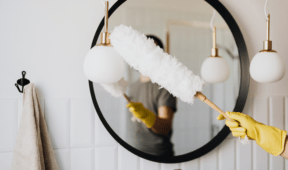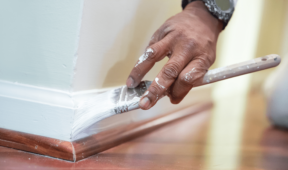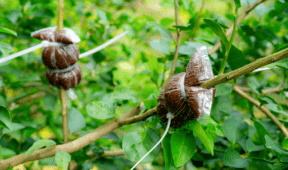How To Improve Your Water Pressure Without Needing A Plumber
Low water pressure in a home can make even basic tasks feel frustrating. Whether it’s a weak shower or a sink that barely fills, poor water flow is often caused by a buildup or small issue, not a major plumbing problem. Before calling in a professional, there are a few simple fixes you can try yourself.
Faucet Aerators and Showerheads
Mineral deposits often collect in faucet aerators and showerheads, slowly choking off water flow. Unscrew the parts carefully and soak them in vinegar for a few hours. You can use a soft brush or toothpick to help dislodge any buildup. Once everything’s clean and back in place, test the flow again. Many times, this one step alone makes a noticeable difference, especially if you live in an area known to have hard water.
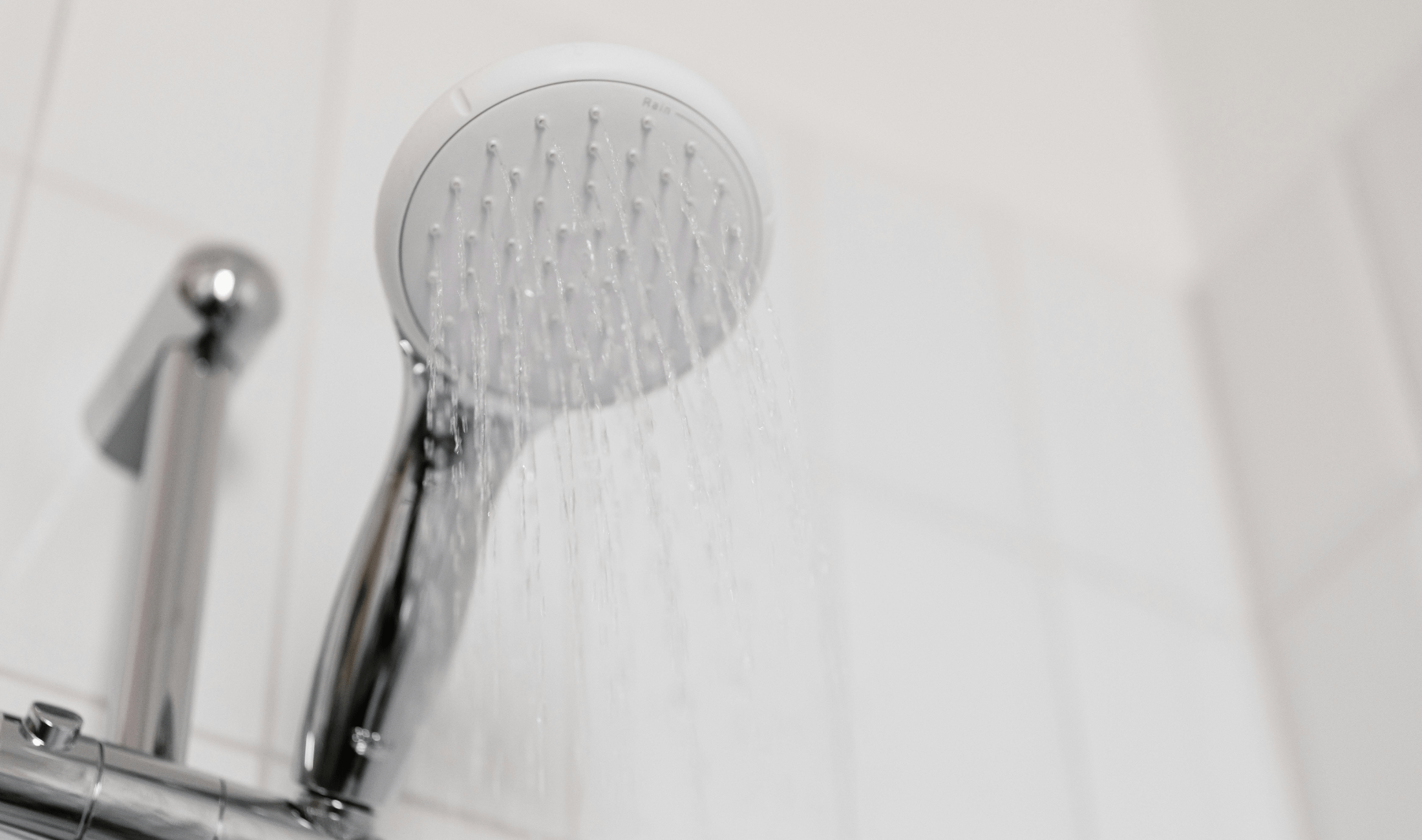
Partially Closed Shut-Off Valves
Sometimes, low water pressure comes down to a simple oversight. If a shut-off valve isn’t fully open, water flow can be restricted. These valves are often found under sinks and toilets or near your main water line. Twist the handles counterclockwise as far as they’ll comfortably go. It’s a good idea to do this gently and avoid forcing them, especially if they haven’t been touched in a while.
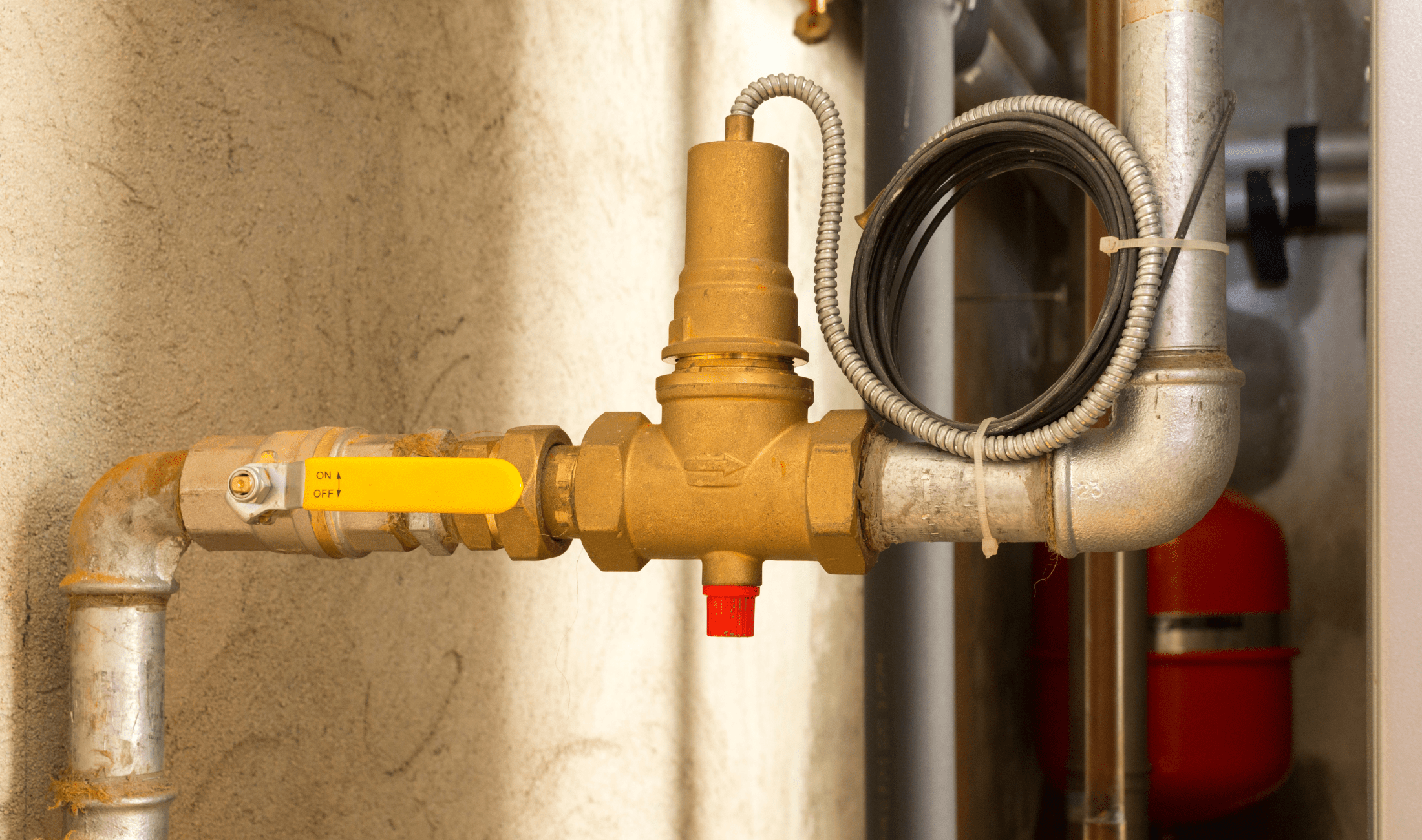
Water Pressure Regulator
Some homes have a water pressure regulator near the main water line, usually shaped like a bell. If yours is set too low, it’ll affect pressure throughout the house. Use a wrench to slowly adjust the screw on the top, turning it clockwise to increase pressure. Make small turns and test as you go. If you’re unsure whether your home has a regulator, check near where the main line enters the house or ask your local water provider.
Flush the Water Heater
Sediment can settle at the bottom of your water heater over time, especially if you haven’t drained it in a while. This buildup can interfere with flow and affect water pressure in the entire home. To flush the tank, turn off the power and water supply, then connect a hose to the drain valve. Let the water run out until it’s clear. Once refilled, you may notice improved flow from your hot water taps.
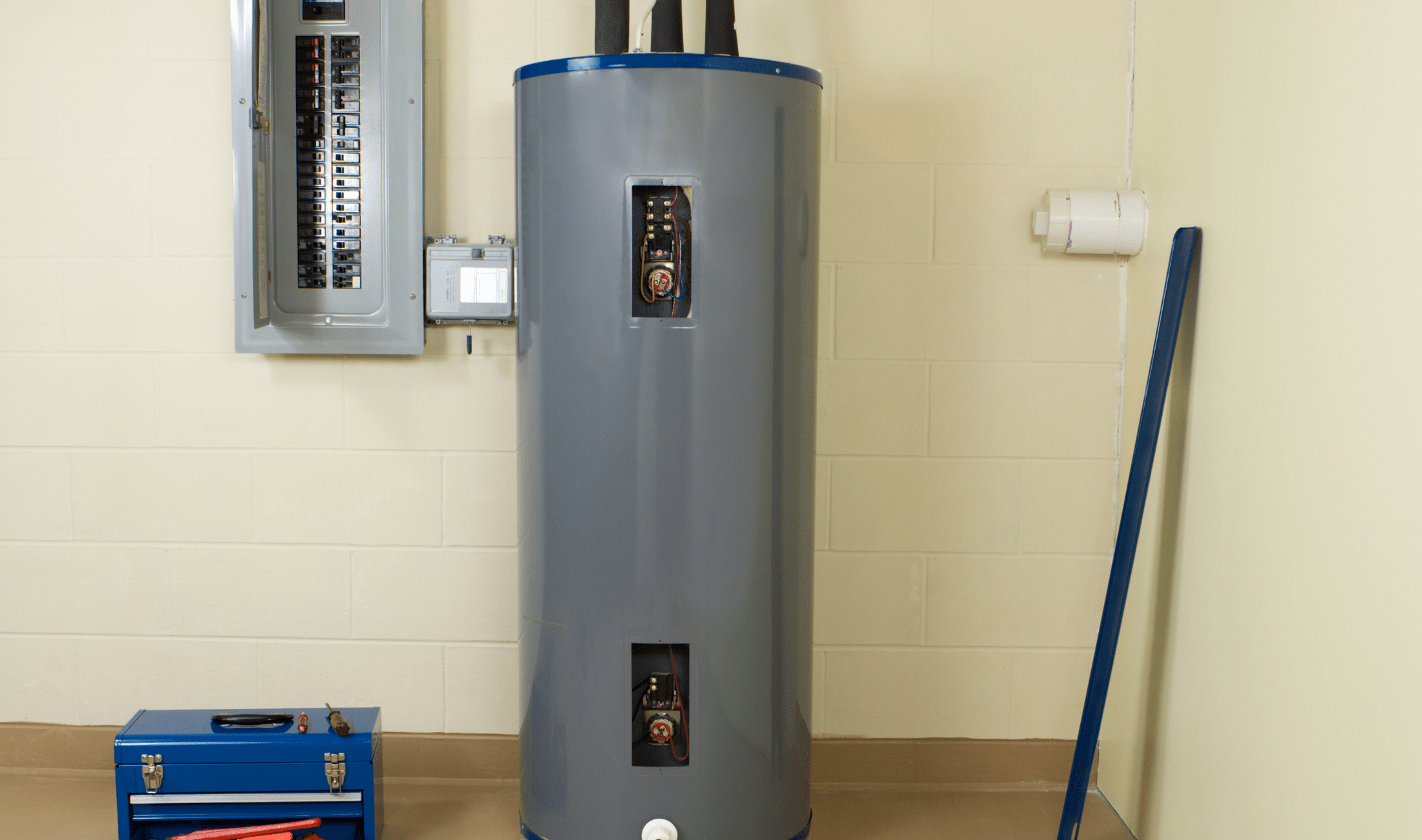
Inspect Your Pipes for Hidden Leaks
Even the smallest leak can reduce water pressure in parts of your home. Take a walk through your basement, crawlspace, or utility areas to check for damp spots, puddles, or corrosion around joints. Listen for hissing or dripping when everything’s turned off. If you find signs of a leak, it might still be manageable to fix without a plumber, depending on its location. Tape or clamp fixes can work temporarily until you decide on a long-term repair.
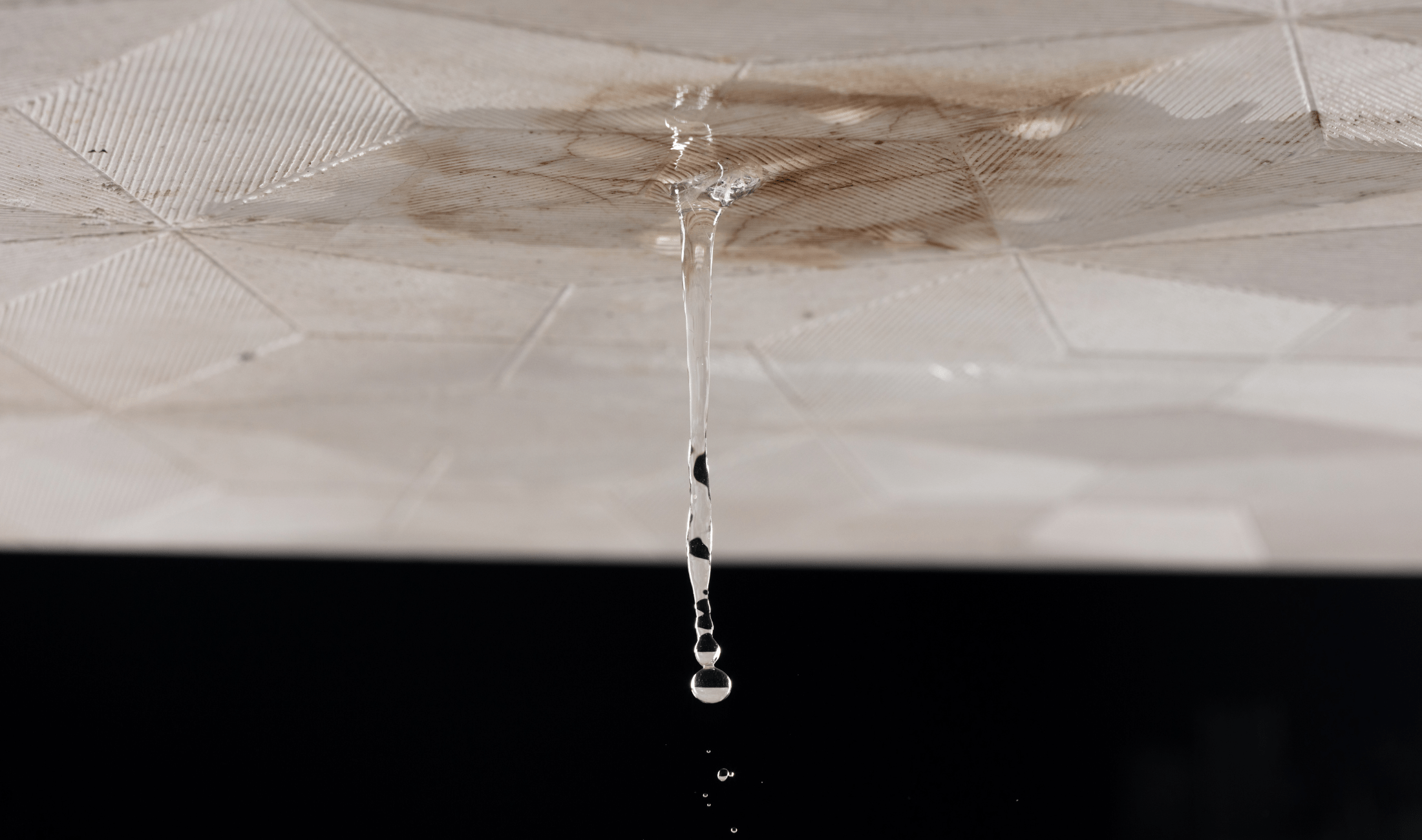
Look Into Pressure-Boosting Devices
If your home sits at a higher elevation or the pressure from your municipal supply is consistently weak, a booster pump may help. These devices are designed to increase water pressure as it enters your home. While this does involve an installation, there are some kits made for DIYers that don’t require pipe cutting. Make sure to research compatibility with your existing plumbing setup before buying one, though.
Consider Replacing Old or Narrow Pipes
In older homes, pipes can become restricted due to corrosion or outdated sizing. Galvanized steel pipes, in particular, are known for narrowing over time. While replacing pipes isn’t always a small task, replacing a section or two under a sink or behind a washing machine might be enough to improve pressure where it matters. If it’s within reach and you’re comfortable with basic plumbing tools, it could be worth tackling.
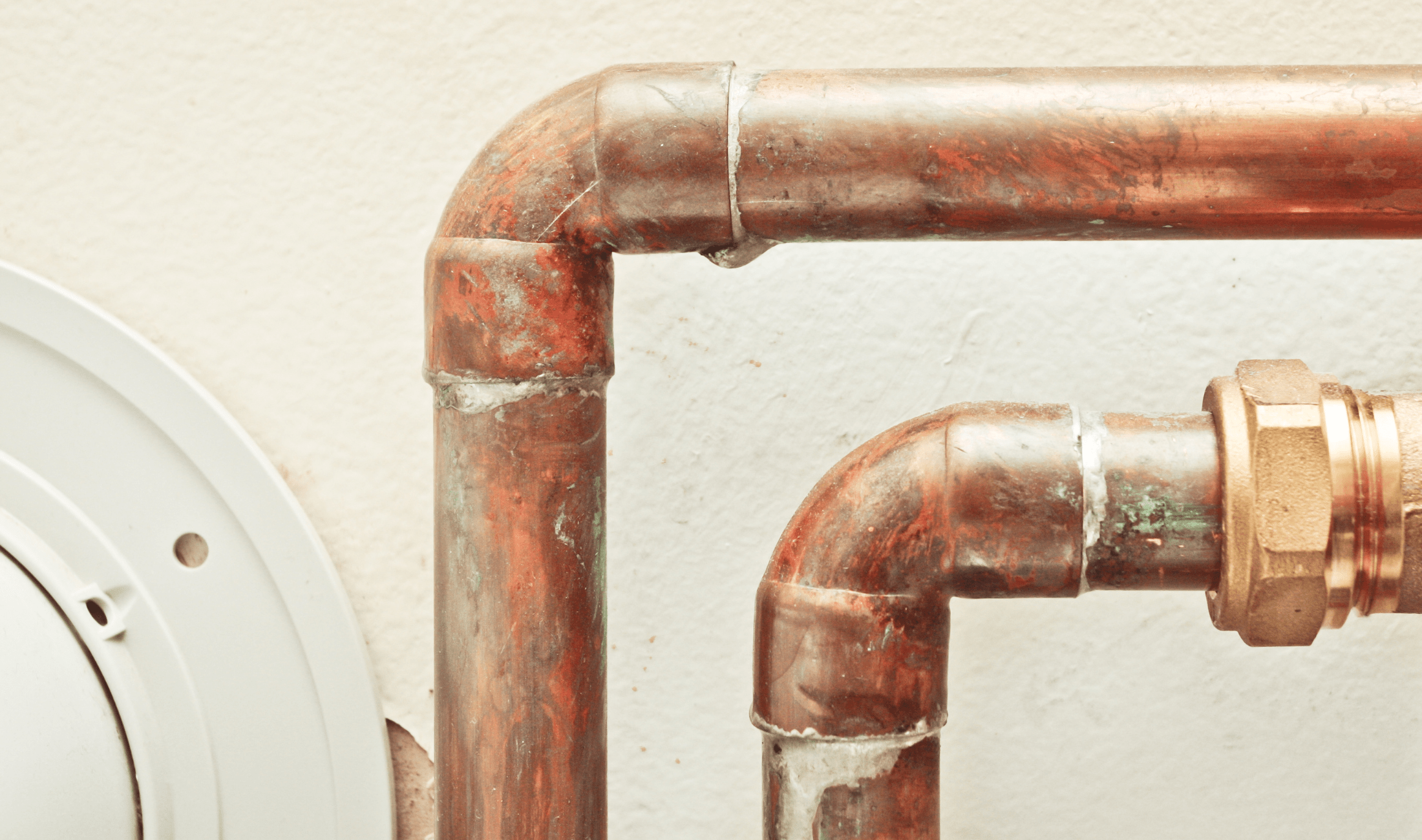
Related Articles
- Improve Your Water Pressure By Cleaning Your Showerhead The Right Way
- Common Water Heater Issues And How To Solve Them
- Is Collecting Rainwater Illegal? Here’s What You Need to Know
Low water pressure doesn’t always mean a major problem or a big repair bill. Often, it’s a matter of buildup, blockages, or simple wear and tear. Trying these steps can give your system the boost it needs without calling a plumber. With a little time and attention, you can restore strong, steady flow and make your daily tasks feel a lot easier. Start small, stay safe, and see what improves.



